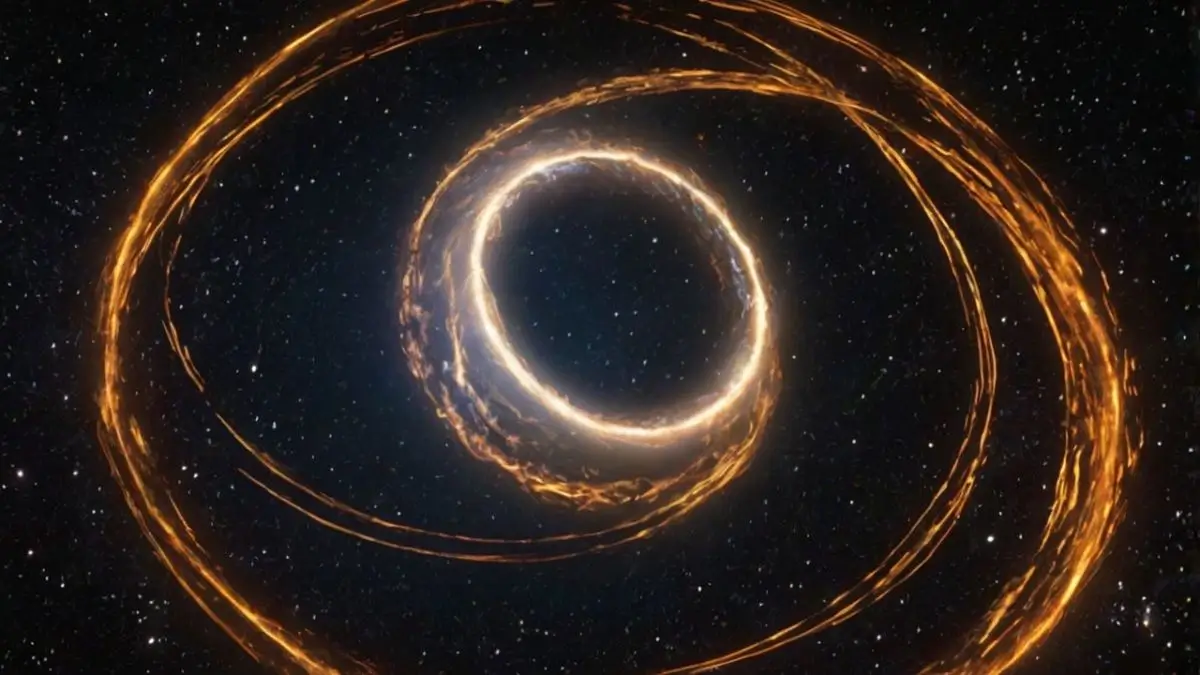Share This Article
Launched on July 1, 2023, the ESA’s Euclid telescope began its six-year mission to study the dark Universe. During testing in September 2023, scientists unexpectedly found a rare, nearly perfect Einstein Ring in galaxy NGC 6505, 590 million light-years away.
The European Space Agency’s (ESA) Euclid telescope, launched on July 1, 2023, embarked on a six-year mission to explore the dark Universe. During an initial testing phase in September 2023, Euclid’s scientists unexpectedly discovered a rare and nearly perfect Einstein Ring within the galaxy NGC 6505, located 590 million light-years away. This luminous ring was formed by the gravitational lensing of light from a much more distant, yet unnamed, galaxy 4.42 billion light-years away. This discovery highlights Euclid’s immense capabilities in uncovering cosmic secrets and advancing our understanding of gravity, dark matter, and dark energy.
What is an Einstein Ring?
A gravitational lensing effect predicted by Albert Einstein’s General Theory of Relativity.Occurs when a massive foreground galaxy bends the light from a distant background galaxy into a ring-like structure. Helps astronomers study the expansion of the Universe, dark matter, and dark energy.



